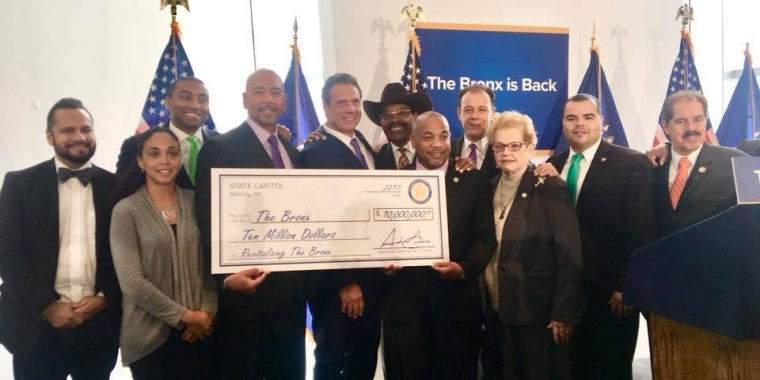
It’s Time City Regained Control Of The Rent And Eviction Laws
Daily News
By: Senator Jose Serrano
If, as they say, New York ’s only true religion is real estate, then I’m having a crisis of faith. More than 25% of tenant households devote more than half their income to rent. A whopping 60% of low-income tenants households must do the same.
The housing squeeze only got worse on Oct. 1, when rent increases set by the Rent Guidelines Board went into effect. All rent-stabilized apartments renewing a one-year lease will rise 3%, while two-year lease renewals will rise 5.75%.
Thanks to the Rent Guidelines Board, the neighborhoods that I represent —the neighborhoods I was born and raised in — and many other neighborhoods will continue to become more unaffordable for the very people who struggled to resurrect them in the 1970s and ’80s.
All the while, landlords and investment companies have raked in huge profits, and government housing finds itself in steady decline.
The once inspired Mitchell-Lama program shrinks every month as building owners "opt out" of their sweet subsidies in order to privatize.
We have the obligation to make the system more just, and we can start by repealing the Urstadt Law.
Passed in 1971, it took away the city’s control of rent and eviction laws. In the state deregulation that followed, we lost as many as 200,000 affordable units of housing. We can expect to lose an additional 100,000 affordable units by 2011.
New rules regarding rent overcharges, vacancy allowances, rent preferences and a host of administrative changes have resulted in higher rents and fewer tenant protections.
The Rent Guidelines Board is the only forum where tenants can voice their grievances, yet it is dominated by members with ties to big business and finance.
Only two of its current members are rent-paying tenants.
The makeup of the board is determined without the consent of the City Council.
Not surprisingly, the sharks smell blood. Global private equity firms have descended on the Bronx , with our affordable housing stock seen as a potential money<NO1>-<NO>maker for their hedge funds. What’s more, they can make minimal building repairs in exchange for guaranteed permanent rent increases.
I also represent East Harlem , where the Dawnay, Day Group, a London-based investment bank, recently purchased 47 buildings with 1,137 apartments.
A Dawnay official showed his hand in a March 2007 article in The Times of London. What made the deal so attractive, he said, was the weakened legal system for leasing markets that allows for regular fixed-rate increases for long-term tenants.
And that’s just the tip of the iceberg.
"As soon as you take vacant possession," he gushed, "the rents will typically rise 17% when relet without doing anything. But with renovation, a flat could well take $1,700 a month once relet on the open market."
In many ways, East Harlem is a small, tight-knit community.
But the relationship with landlords there and in other neighborhoods is increasingly about distance: the psychological distance of hedge funds that control property, and the geographic distance of international investors.
Protecting tenants is fast becoming an afterthought.
We need appropriate restrictions on private developers and Wall Street money in our communities.
We need to repeal the Urstadt Law and give back to the City Council the governing power it rightfully deserves.


